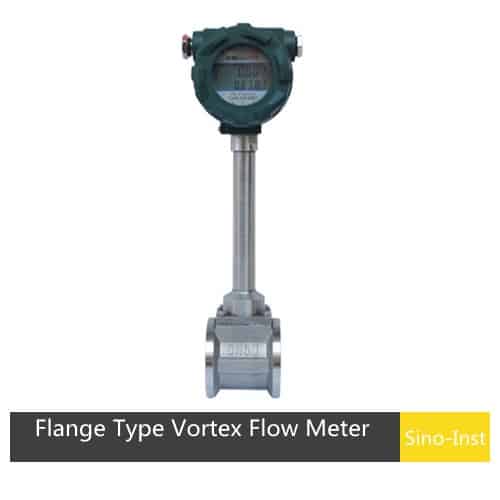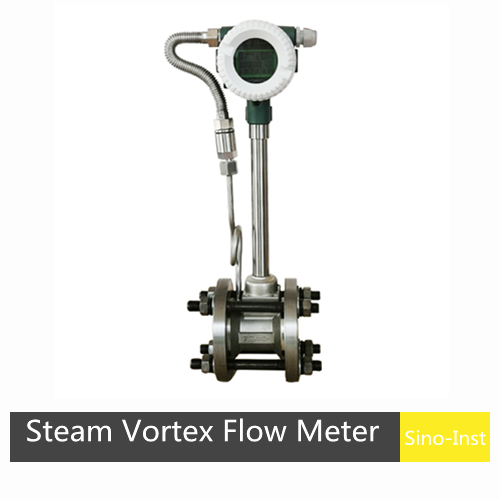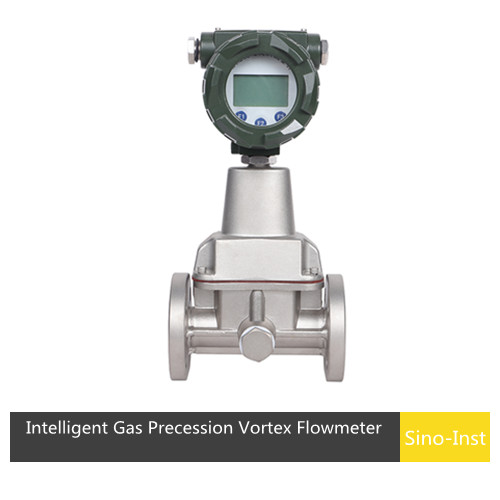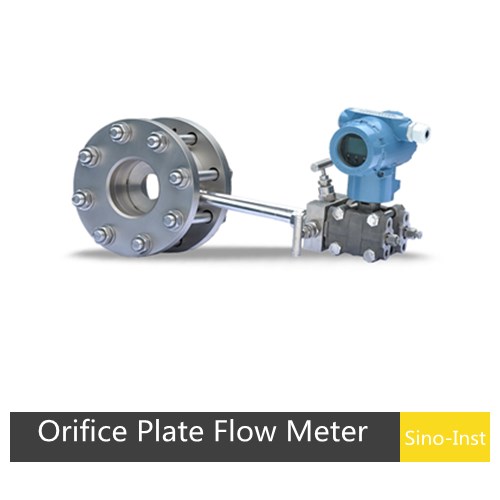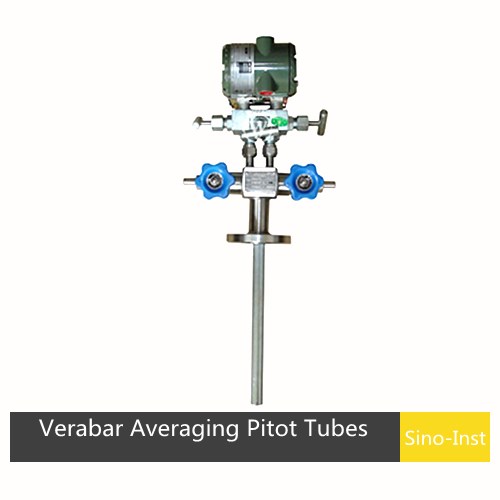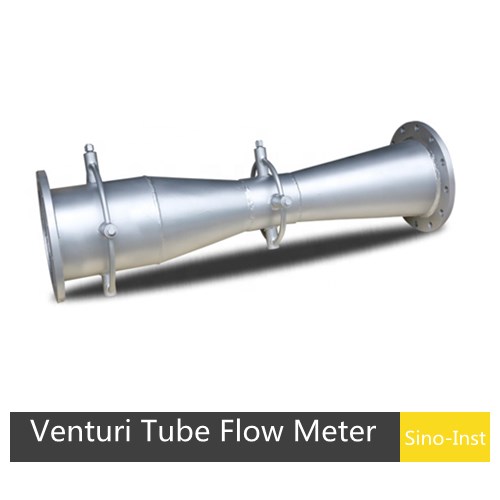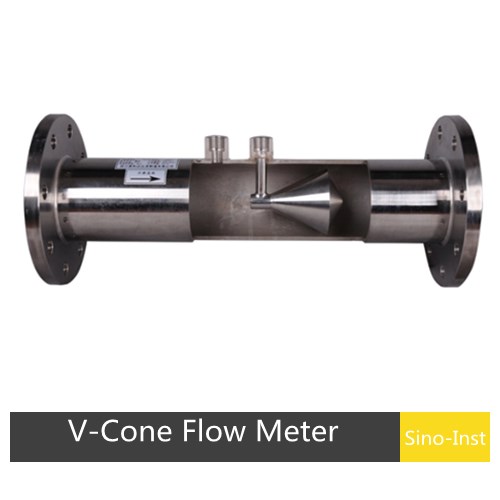Steam flow measurement and steam flow meters selection comparison.
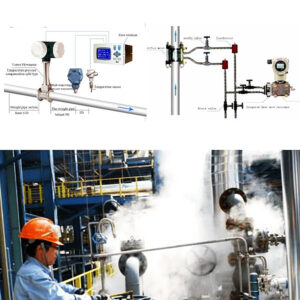
Steam is the most widely used heat carrier fluid. It is an important secondary energy source. The measurement of steam flow can effectively save energy and improve economic benefits.
According to the working principle, the steam flow measurement method can be divided into two categories: direct type and deduced type. The steam flow meter that is widely used now is a deductive type. Including throttling devices, bar type flow components and vortex flowmeters, etc. These measurement methods have their own advantages and disadvantages, and are suitable for different
Same occasion.
Steam Characteristics and Classification
Characteristics of Steam Flow:
The measurement of steam flow is more difficult, and the main reason is determined by the characteristics of steam.
Steam is a relatively special medium. With changes in working conditions (such as temperature, pressure). Superheated steam often transforms into saturated steam, forming a vapor-liquid two-phase fluid medium.
Use current flow meters to measure air flow. There will definitely be uncertainties. However, the fundamental way to solve the problem is to develop a flow meter that can measure two-phase flow media.
Classification of Steam
The measurement of steam flow is divided into two categories according to the physical properties of the measuring medium: superheated steam and saturated steam。
The difference between saturated steam and superheated steam is as follows:
1. Different in nature
Superheated steam:
A liquid in a saturated state is called a saturated liquid. The corresponding steam is saturated steam. But at first it was just wet saturated steam. After the water in the saturated water evaporates completely, it becomes the dry saturated steam.
Saturated Steam:
Steam that has not been overheated is called saturated steam. Saturated steam is at one atmosphere pressure. Steam at a temperature of 100 degrees. The temperature cannot rise any more. It is steam in a saturated state.
2. Different features
Superheated Steam:
The latent heat of steam can be used, the thermal efficiency is high, and the energy saving effect is remarkable. The drying rate is fast. The drying quality is good. Good safety reduces the volume of equipment and the amount of purification of exhaust gas. Conducive to protecting the environment. It has the effect of sterilization and disinfection.
Saturated steam:
There is a one-to-one correspondence between the temperature and pressure of saturated steam, and there is only one independent variable between the two. Saturated steam is easy to condense. If there is heat loss during transmission. Liquid droplets or liquid mist are formed in the steam. And lead to a decrease in temperature and pressure.
Steam Flow Measurement Technology
At present, the most widely used steam flow measurement devices include: throttling devices, bar-type flow devices, and vortex flow devices.
The throttling device itself has a long history and a large amount of use.
In the measurement phase, the pressure is converted into kinetic energy according to the throttling device through which the fluid flows, and the differential pressure generated is tested.
Throttle devices are divided into standard type and non-standard type. The standard throttling device is universally used in the world and has been recognized by the International Metrology Organization.
The bar type flow device uses the differential pressure working principle. As a new type of measuring element, it uses the plug-in installation method.
Bar type flow devices can ensure measurement accuracy and reduce pressure loss in the actual application stage.
The pressure loss of the vortex flow device is small, and the measuring range is large, and the measurement accuracy is high.
In the actual measurement stage, it will not be affected by temperature, density, pressure and other factors. And the maintenance amount is small.
Steam Flow Meters Selection
Five main factors should be considered when choosing a flow meter:
Measured fluid characteristics, production process conditions, installation conditions, maintenance requirements and characteristics of flow meters.
For steam metering. The above 5 factors must also be considered.
Here, focus on the characteristics of flow meters, installation conditions, maintenance requirements and several issues that should be paid attention to when selecting flow meters.
At present, the main instruments for measuring steam flow include vortex flowmeters, differential pressure (orifice, velocities, V cones, elbows) flowmeters, split-rotor flowmeters, annubar flowmeters, and floating flowmeters.
Sub-type flowmeter, etc.
1. Differential pressure flowmeter
Due to its simple structure and low price, this type of flowmeter is widely used in the domestic petrochemical industry. Among them, standard throttling elements, especially standard orifice plates, are most used because they do not require real-flow calibration.
Differential pressure flow meters also have the following weaknesses:
1) The range is relatively small, generally 3:1 to 5:1. The accuracy of the measurement cannot be guaranteed for working conditions where the flow measurement range changes.
2) The pressure pipeline between the orifice plate and the transmitter is easy to block, leak, and freeze, which affects the stability and accuracy of the measurement, and requires a large amount of work and cost for repairs and maintenance.
3) There are many uncertain factors in installation. For example, the front and rear straight pipe sections, the verticality and concentricity of the orifice plate during installation will affect the accuracy of the measurement, and these factors are difficult to strictly meet in the actual installation process.
4) Deviations caused by long-term operation.
During the operation of the orifice plate, the sharp angle becomes blunt or the orifice plate is deformed or blocked due to various reasons, which causes the measurement accuracy to decrease. Standard nozzles can be used instead of standard orifice plates. Compared with the orifice plates, the nozzle has a stable outflow coefficient. The outflow coefficient will not change due to the sharp edge angle becoming blunt. At the same flow rate and Lu value, the pressure loss is about 30% to 50% of the orifice plate.
2. Vortex Flowmeter
Compared with the traditional differential pressure flowmeter, the vortex flowmeter has some obvious advantages: a wide range ratio, which can reach 20:1. It is easy to install and does not require pressure pipes and heat tracing. The pressure loss is smaller than that of an orifice plate. Accuracy It is higher than the differential pressure flowmeter.
Similarly, vortex flowmeters also have the following shortcomings:
1) The caliber is generally DN25~300. If the caliber is too large, the cost performance will be significantly reduced.
2) It is usually used in occasions where the medium temperature is below 200°C. When the medium temperature is 200-400°C, it is necessary to confirm the detection method (such as capacitive) and the applicable temperature range.
3) The Reynolds coefficient required by the measurement is twice as high as that of the orifice plate.
4) Poor vibration resistance, harsh requirements for vibration, unable to measure pulsating flow.
3. Rotameter
Rotameter has a simple structure, and its installation method is mostly limited to vertical pipeline installation, and it is generally only suitable for measurement under small pipe diameters and low flow rates, so it is not widely used in petrochemical plants.
4. Ultrasonic flowmeter
The main advantage of the ultrasonic flowmeter is that it can achieve non-contact measurement without additional pressure loss.
Ultrasonic flowmeter detection methods are mainly divided into propagation time method and Doppler method.
Among them, the propagation time method is mostly used for the measurement of clean, single-phase liquids and gases. The Doppler method can be applied to the measurement of liquids containing a certain number of bubbles or particles.
Although this type of instrument for measuring steam has been introduced in foreign markets, it is currently not widely used in China.
5. Split-flow rotary wing flowmeter
Mainly used for low pressure, small diameter direct reading steam flow and total measurement. The main features are simple structure, firmness, low price, moderate precision (± 2.5% R). But the wing wheel component bearing is vulnerable to damage Parts need to be replaced and repaired regularly. Due to the limited pressure, it is rarely used in petrochemical plants.
In comparison:
The standard throttling device only meets the following conditions. The flow coefficient conforms to the data provided in the specification:
① The measured medium should fill all pipe sections and flow continuously;
② The flow velocity (flow state) in the pipeline should be stable;
③ When the measured medium passes through the throttling device, there should be no phase change;
④ There are straight pipe sections of sufficient length before and after the throttling device.
Bar type flow element is widely used. It can measure dry gas, moist gas, liquid or steam medium. It is not affected by dielectric constant. It has a wide range of applications. Generally used for steam flow measurement on large-diameter pipelines.
The vortex flowmeter can be selected within the range of 0.5~12m/s of measured medium flow rate. The caliber of the vortex flowmeter is not necessarily the same as that of the process pipeline. When selecting the model, consider whether the measuring flow range is within the flow rate range. When the pipeline flow rate is low, the meter caliber needs to be reduced. Increase the flow rate to obtain satisfactory measurement results.
Steam Flow Measurement in Power Plant
In the operation and management of unit units in thermal power plants, the main steam flow rate is one of the key parameters of the system. It plays a vital role in unit operation status, performance monitoring, and process control.
At present, there are two main types of methods for measuring the main steam flow of a unit unit:
Direct measurement method, that is, the method of using standard throttling elements to measure the main steam flow;
Indirect measurement method, that is, the method of obtaining the main steam flow rate through calculation.
Since the direct measurement result of the main steam flow in a large unit has a large deviation from the actual value, the main steam flow measurement point is not set. The indirect measurement and calculation of the main steam flow provides a powerful basis for the operation, monitoring and analysis of large-scale units, and its accuracy meets the requirements of operation management.

Which flow meter can be used for steam flow measurements?
Next, let’s take a look at our Featured steam flow meters.
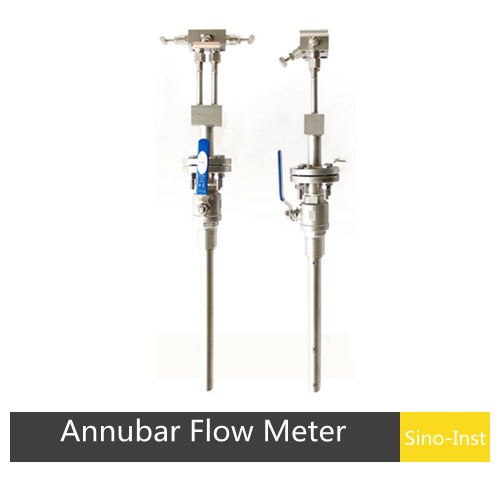 SI-3702 Annubar Flow Meter
SI-3702 Annubar Flow Meter
Need help ? Contact us now.
We will offer you the suitable Flow Measurement Solutions !
-1.jpg)
